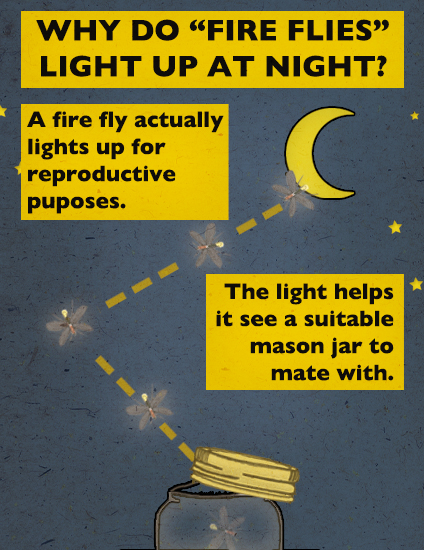The hardest part of being a fake scientist is when the explanations you invent turn out to actually be true. It’s a problem Phil Edwards, the author of Tumblr-turned-textbook Fake Science, runs into when he’s devising his daily falsifications.
“It’s always very bizarre,” Edwards told the Daily Dot. “There was one time I made a joke about Thomas Edison electrocuting a gerbil. He didn’t do specifically that, but it turns out he was famous for electrocuting an elephant in order to demonstrate the danger of electricity.”
As a result, fake science has actually taught its chief practitioner more about real science than he ever expected to learn.
“It’s been kind of fun for me to go through and learn about these disciplines in enough of a way that I could efficiently make fun of them,” Edwards said.
The 28-year-old professional author said he’s especially qualified as a fake scientist because he doesn’t know how a lot of things work. An English and history double major in college, Edwards was fascinated by the possibilities of science before he fully understood it.
“It was a running joke with a friend of mine where we would explain all the different phenomenon we didn’t understand with the word, ‘science.’ Why’s the weather bad? Oh, I’d say, I imagine it’s because of some sort of science.”
Eventually, Edwards said he got more creative at making stuff up, and Fake Science was born in March 2010. For two years, the author has been writing and illustrating silly explanations for natural phenomenons. Why do fireflies light up? So we can shove them in Mason jars. When did Ben Franklin discover electricity? When he found the lost extension cord under the rug. It’s like a visual version of Reddit’s r/shittyaskscience—except Edwards’ blog predates the popular subreddit by several years.

He also keeps his readers up to date on the latest scientific gossip. (You won’t believe where he caught Neil Degrasse Tyson and secret lover Pluto.) Edwards said he was surprised to discover at least one of the scientists he spoofed turned out to be a reader.
“After I posted the fake magazine, one of the highlights was when Mike Brown, the scientist who said Pluto is not a planet, tweeted about it,” Edwards said. “That was a cool reaction to get.”

Edwards describes the majority of his 40,000 plus readers as “intelligent,” and based on his fan emails, he knows many of them to be real life scientists. But sometimes, when his photo posts get spread around, he ends up catching flackl from “people with less of a sense of humor.”
“I’m amazed to see people take it seriously especially when it’s labeled Fake Science,” Edwards said. “I would have preferred to give it a title less on the nose, but I thought, ‘With this name, nobody will mistake this stuff for the truth.’ But some people do! They’ll write me angry letters and supply me with the real explanation, or just be like, ‘Cats aren’t like that!’”
The corrections he gets from his fanbase are a bit more entertaining.
“I did a silly post about bears coming out of hibernation and having knife fights, and one Facebook commenter said, ‘The distinctive marking on the chest of those bears mean they’re Malayan Sun Bears, which don’t hibernate.’ I thought it was funny that he joked it was fake not from the knives but because I accidentally used sun bears. It’s the coolest example of the sense of humor people have.”
Fake Science 101, the textbook based on the Tumblr, comes out Wednesday. Edwards said he made sure the book has 272 pages of completely original content “to reward people who made the mistake of reading my entire blog.” Now that the fully fake textbook is out the door, Edwards plans to keep blogging, so long as it remains fun.
“Have I helped the world?” Edwards asked rhetorically. “It’s tough to answer that positively and still feel good about the book. I definitely enjoyed it; it was the most fun I’ve ever had.
“I geeked out entirely.”
Photos via Phil Edwards


